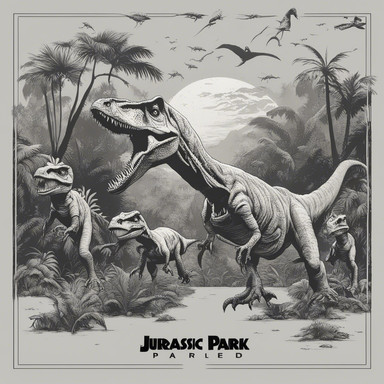HOME | DD
 Xiphactinus — Prolibytherium magnieri
Xiphactinus — Prolibytherium magnieri

Published: 2014-02-15 14:32:27 +0000 UTC; Views: 1825; Favourites: 19; Downloads: 5
Redirect to original
Description
Among extinct giraffes there were many species had horns. One of these is depicted here. Colored pencils, 2014.Related content
Comments: 12

No problem. So far good work, but you should take more look into the fossil reference and work on the perspective.
👍: 0 ⏩: 1

Take on the future. And this work is inaccurate? For the first time extinct giraffe drew.
👍: 0 ⏩: 1

Prolibytherium is only a giraffoid (yet there are doubts about that), member of the family Climacoceratidae.
Most Climacoceratids have way longer faces (similar to Giraffids), but overall have a more deer-like appearance.
I think you used Okapis as reference, but those also have way longer faces. The bending of the neck at that angle looks also problematic if not impossible at all.
The Ossicones you depicted here look like some sort of intermediate growth-stage which is fair, as it could appear to be a juvenile male.
I know it's pretty difficult to find good references for animals like that in the internet.
👍: 0 ⏩: 1

To the family Climacoceratidaе, as I remember, refer Climacoceras... Sivatherium there too? Or for a private group?
👍: 0 ⏩: 1

The superfamily Giraffoidea currently contains the families:
- Climacoceratidae (Climacoceras, Prolibytherium, Orangemeryx and others),
- Antilocapridae (Pronghorn (Antilocapra) and extinct relatives) and
- Giraffidae (Giraffa, Okapia, Sivatherium and others).
👍: 0 ⏩: 1

All understood that it refers to the Giraffidae. Thanks for the information!
👍: 0 ⏩: 0


























